The recent outbreak of avian influenza virus in cattle in the U.S. is one of the top animal health stories in North America. Here is some background information about the virus. However, as this is a rapidly changing situation, some information in this article may have changed by the time of publication. An emerging disease […] Read more
Stories by John Campbell, DVM, DVSC

Studies show vaccine delivery method makes difference
I’m often asked if there is one vaccine preferred or better than other vaccines. My usual response is that it is difficult to compare vaccines because we rarely have enough good research to prove whether there are significant differences between vaccines. Such studies are difficult and expensive to perform and often we are pleased if […] Read more
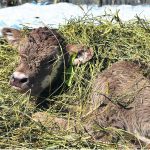
Uterine prolapse serious and requires prompt attention
Uterine prolapse is one of the true emergencies in food animal veterinary medicine. This condition is relatively rare. Estimates suggest that approximately two cows in every 1,000 calvings will have a uterine prolapse. However, it is a serious life-threatening condition for the animal and prompt action is required. If the cow is straining badly after […] Read more
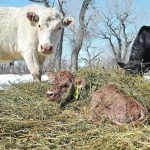
New study reinforces importance of colostrum to calves
Newborn calves are born with virtually no immunity of their own. They have a functional immune system at birth, but because the cow’s placenta does not allow antibodies to pass from the mother to the calf during pregnancy, the calf must receive most of its initial immunity from the antibody rich colostrum, or first milk […] Read more
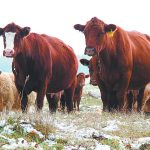
Calving distribution could help address open rate riddle
There have been lots of anecdotal reports this year about exceptionally high open rates in beef cow herds at pregnancy checking time. I’ve spoken to many producers and veterinarians across Western Canada who describe open rates of 20 percent or higher. This is distressing for anyone who experiences it, and nothing can be done now […] Read more
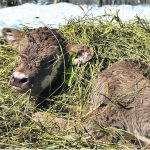
Sort out nature of eye lesions and diagnosis becomes easy
Occasionally, our herd investigation team gets called out to look at a problem with calves being born with eye problems or appearing to have them shortly after birth. These eye issues can manifest themselves as cataracts, micro-opthalmia (small eyes that haven’t developed fully) or a variety of other eye lesions such as retinal abnormalities or […] Read more
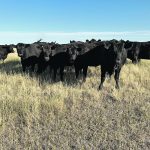
Vitamin A deficiency associated with drought conditions
I recently took part in a regular webinar series produced by the Beef Cattle Research Council. I try to listen to these webinars regularly because they provide a great learning resource and I encourage producers and veterinarians to sign up for the series. In this webinar, we discussed the long-term implications of drought, which was […] Read more
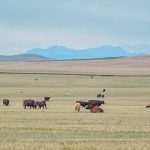
Ureaplasma may be more than just a fertility problem
The bacteria Ureaplasma diversum, a common inhabitant of the genital tract of cattle, was first isolated in 1969 and originally wasn’t considered to be a disease threat. However, subsequent research, mostly in Canadian veterinary colleges in the 1970s and 1980s, suggested that Ureaplasma could be associated with failure of pregnancy at various times of gestation […] Read more
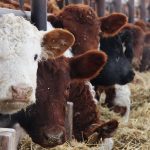
Microbiome helps understand bovine respiratory disease
It’s approaching the time of year when most beef calves in Western Canada are weaned and sold. Many calves travel to feed yards via auction markets and one of the major disease risks associated with the stresses of weaning, mixing and transportation is the syndrome known as bovine respiratory disease. BRD is the most common […] Read more
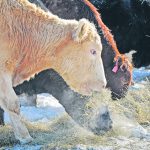
Conference provides insights into FMD preparedness, control
I recently attended the Vaccine and Infectious Disease Organization’s Animal Health Summit. The conference provided veterinarians, producers and other industry stakeholders an update on the current status of foot and mouth disease (FMD) worldwide. VIDO was founded more than 45 years ago at the University of Saskatchewan and is a leader in infectious disease research […] Read more




